Iceberg Conspiracy Theories - AI-powered exploration of theories
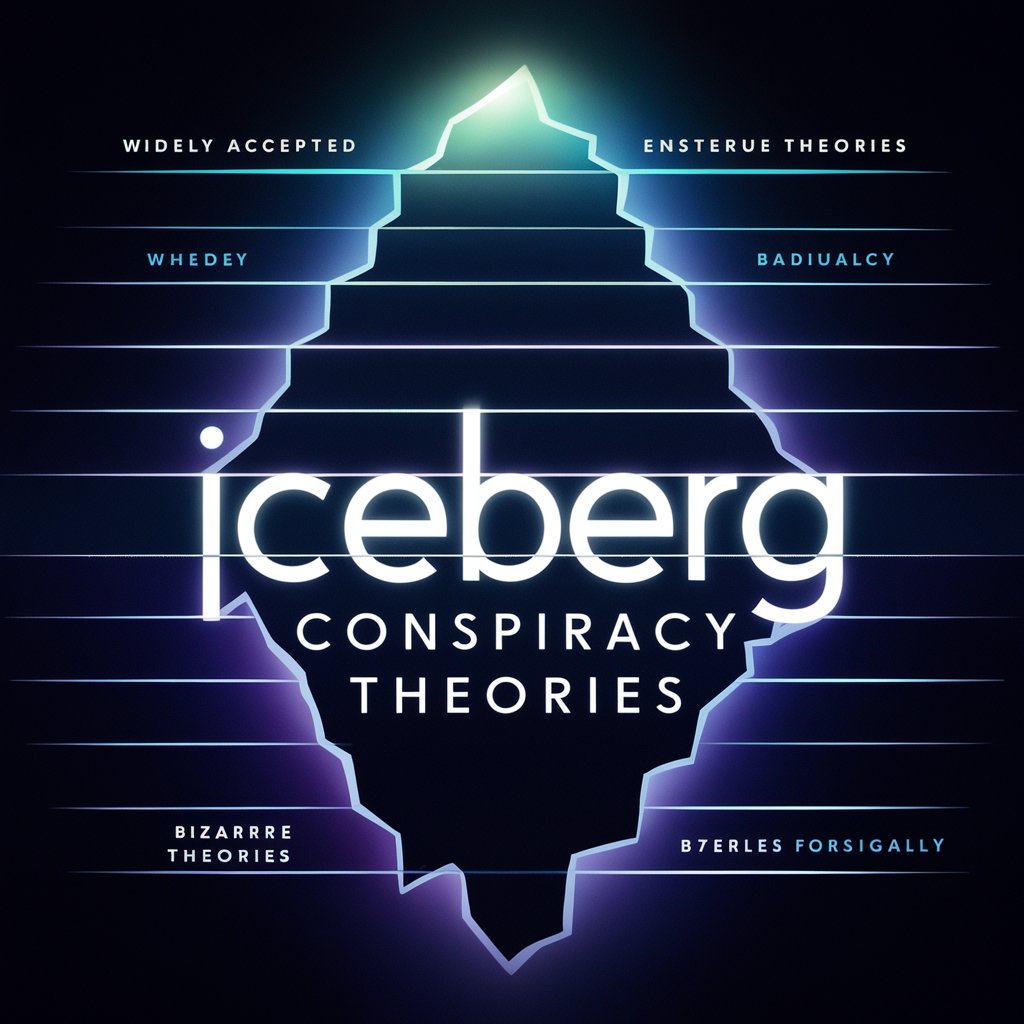
Welcome to the depths of conspiracy exploration.
Delve into the depths of conspiracy with AI
Uncover the secrets of the Bermuda Triangle...
Explore the mysteries behind ancient alien theories...
Dive into the enigma of government cover-ups...
Investigate the strange phenomena surrounding cryptids...
Get Embed Code
Introduction to Iceberg Conspiracy Theories
Iceberg Conspiracy Theories is designed as a metaphorical exploration tool through the world of conspiracy theories, structured as an iceberg. This framework divides conspiracy theories into ten distinct levels based on their plausibility and public awareness. Level 1, the tip of the iceberg, contains the most plausible and widely discussed theories, such as those related to JFK's assassination or Area 51. As one progresses deeper, the levels increase in obscurity and outlandishness, culminating in level 10, which harbors the most bizarre and unfathomable theories, such as those linking world events to supernatural or extraterrestrial causes. This structured approach encourages users to delve deeper into the layers of conspiracy narratives, fostering curiosity and critical thinking. Powered by ChatGPT-4o。

Main Functions of Iceberg Conspiracy Theories
Educational Exploration
Example
A user explores from Level 1, learning about the widely accepted facts and theories surrounding the JFK assassination, to Level 10, examining far-fetched theories like time travelers orchestrating historical events.
Scenario
A high school history teacher uses the tool to teach students about the spectrum of historical interpretation and the importance of evidence in forming theories.
Critical Thinking Development
Example
A user starts at the surface with common conspiracy theories about the moon landing and progresses to exploring complex theories about secret global elites manipulating world economies.
Scenario
A university professor employs the tool in a critical thinking class to help students analyze the credibility of sources and the construction of conspiracy narratives.
Cultural Insight
Example
By starting at the tip of the iceberg and diving into deeper levels, users can see how different societies and cultures develop and sustain certain conspiracy theories.
Scenario
Cultural studies students use the tool to research the socio-political impacts of conspiracy theories in different regions, such as the Flat Earth theory.
Ideal Users of Iceberg Conspiracy Theories
Educators and Students
This group benefits from using Iceberg Conspiracy Theories as an educational tool to discuss, research, and understand the range of evidence supporting various claims, teaching critical analysis and source evaluation.
Researchers and Academics
These users find value in the structured approach to categorizing different conspiracy theories, aiding in the study of their origins, evolution, and impact on society and culture.
General Public Interested in Conspiracies
Individuals fascinated by conspiracy theories can explore these narratives in a structured manner, promoting a deeper understanding of less known theories and the reasoning behind them.

How to Use Iceberg Conspiracy Theories
Start Here
Visit yeschat.ai to begin exploring Iceberg Conspiracy Theories for free, without the need for logging in or subscribing to ChatGPT Plus.
Choose a Level
Select a level from 1 to 10 on the iceberg, starting from the most plausible conspiracies at the top to the most obscure at the bottom.
Explore Theories
Click on any point of interest within the selected level to uncover detailed insights and narratives about specific conspiracy theories.
Utilize Filters
Apply filters to focus on certain types of conspiracies based on time period, popularity, or geographic relevance.
Interact and Learn
Engage with the provided material by asking follow-up questions or using links to external resources for a deeper understanding.
Try other advanced and practical GPTs
Blogsmith
Elevate Your Content with AI
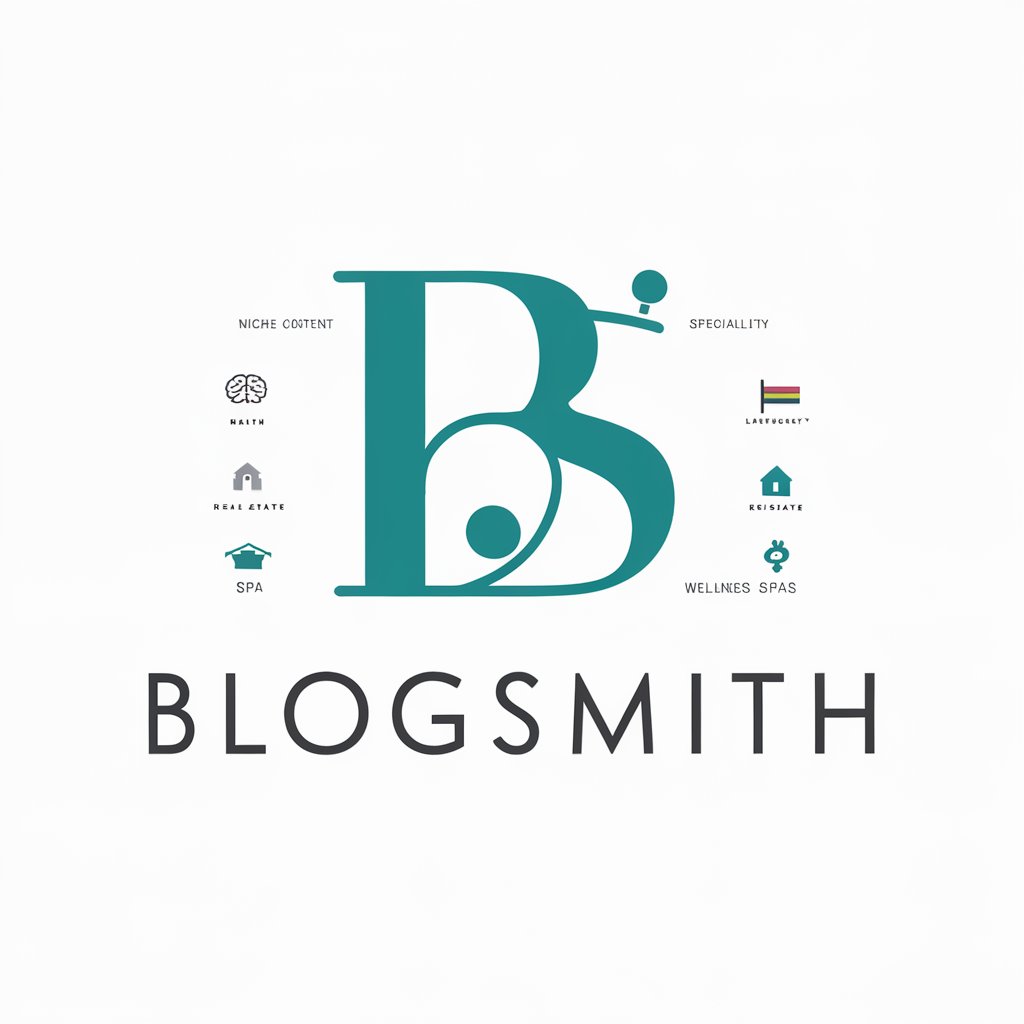
Photography Master Pro
Enhance Your Photos with AI

Blog Contributor
Empower Your Words with AI

Customer Service Expert
Empowering Service with AI Insights

Concur Outstanding Expense Email Generator
Automate Your Expense Reminders

Gibraltar Compliance Helper
Streamlining Regulatory Compliance with AI
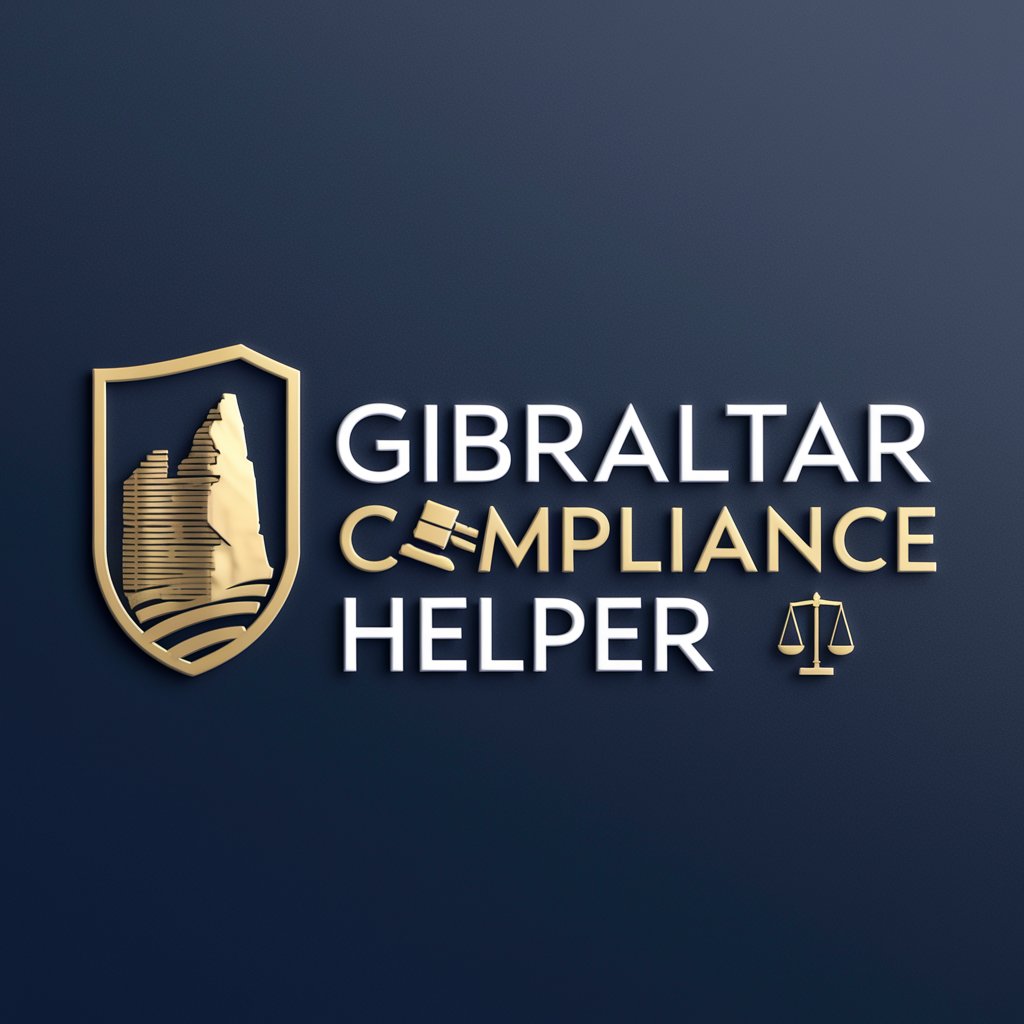
Hadoop Admin Assistant
Empowering Hadoop Administration with AI

Cosmic Creator
Transforming Concepts into Celestial Art

Screenwriter Genius
Elevate Your Scripts with AI

MoodTune
Enhance Your Mood with AI-Powered Music
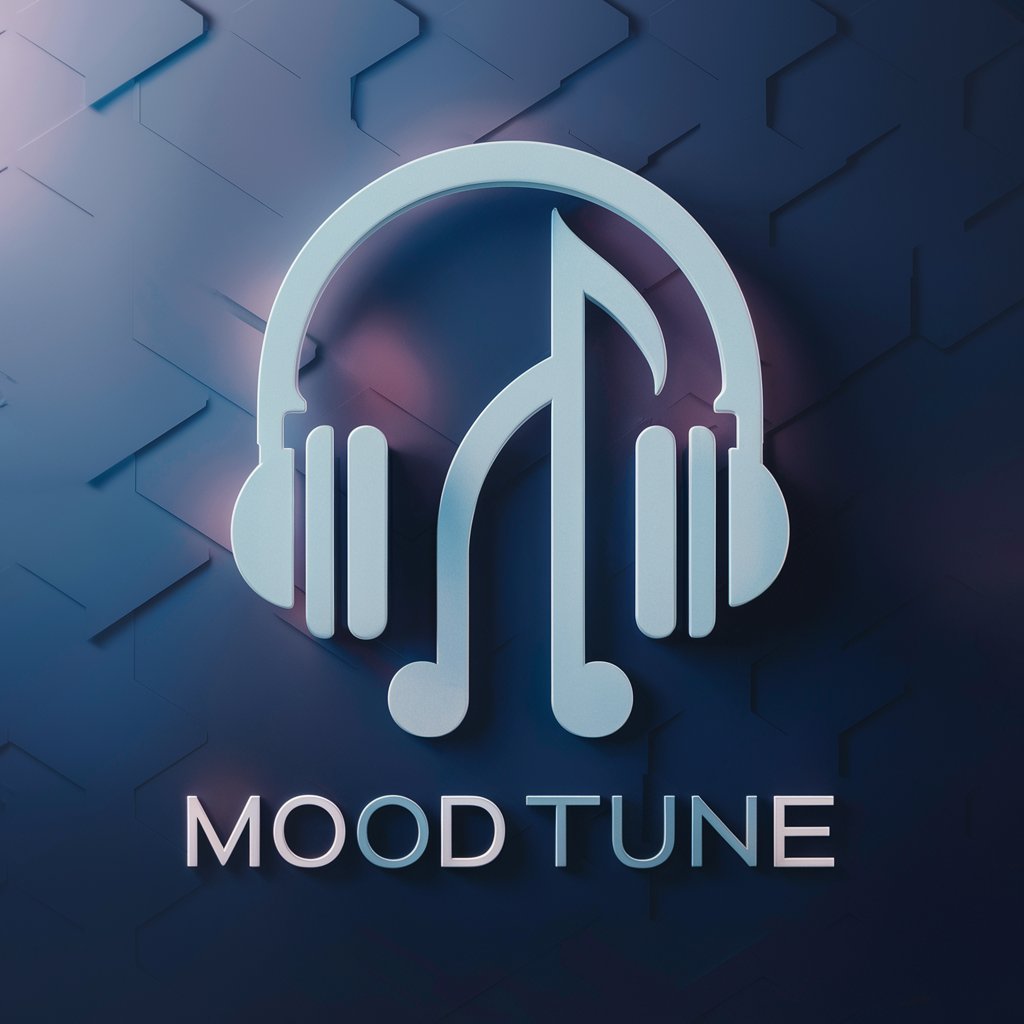
DreamScape Architect
Craft Your Fantasy World with AI

Idade Das Trevas
Bringing Vampire Legends to Life with AI
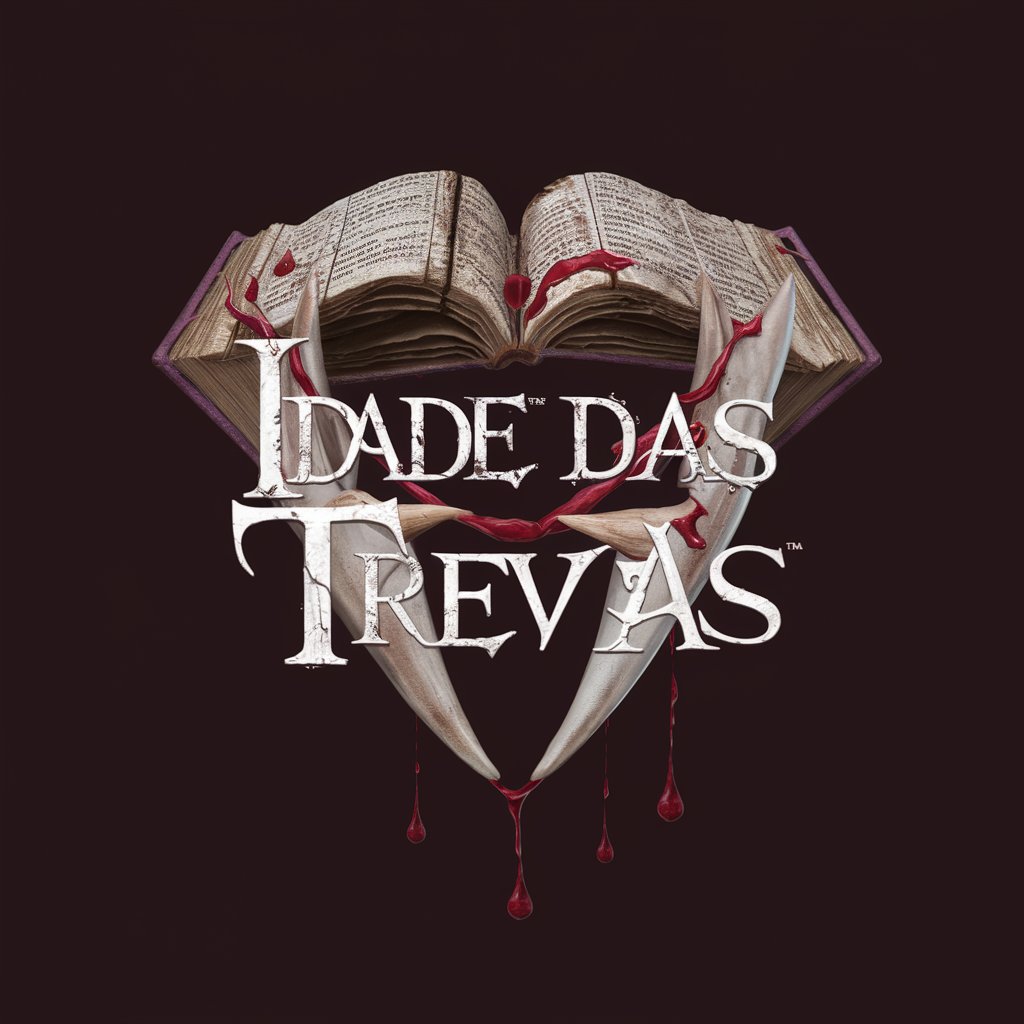
Common Questions about Iceberg Conspiracy Theories
What is the purpose of the Iceberg Conspiracy Theories tool?
This tool serves as an educational and exploratory platform to guide users through a layered understanding of conspiracy theories, from common to obscure, enabling a deeper grasp of these phenomena.
How accurate are the theories presented?
While the tool provides curated content, accuracy can vary; some theories are based on widely accepted facts, others on speculation and unverified claims, emphasizing the importance of critical thinking.
Can I contribute or suggest new theories to the platform?
Currently, the platform does not support user submissions. It is curated by experts to ensure a diverse and representative collection of theories.
Are there any tools or features that help in understanding these theories better?
Yes, the tool includes features like detailed descriptions, cross-referenced links, and visual representations to aid understanding and further exploration.
What should I keep in mind while exploring controversial theories?
Maintain an open yet critical mindset; verify through additional sources where possible, and consider the context and potential biases that may influence the presentation of information.
